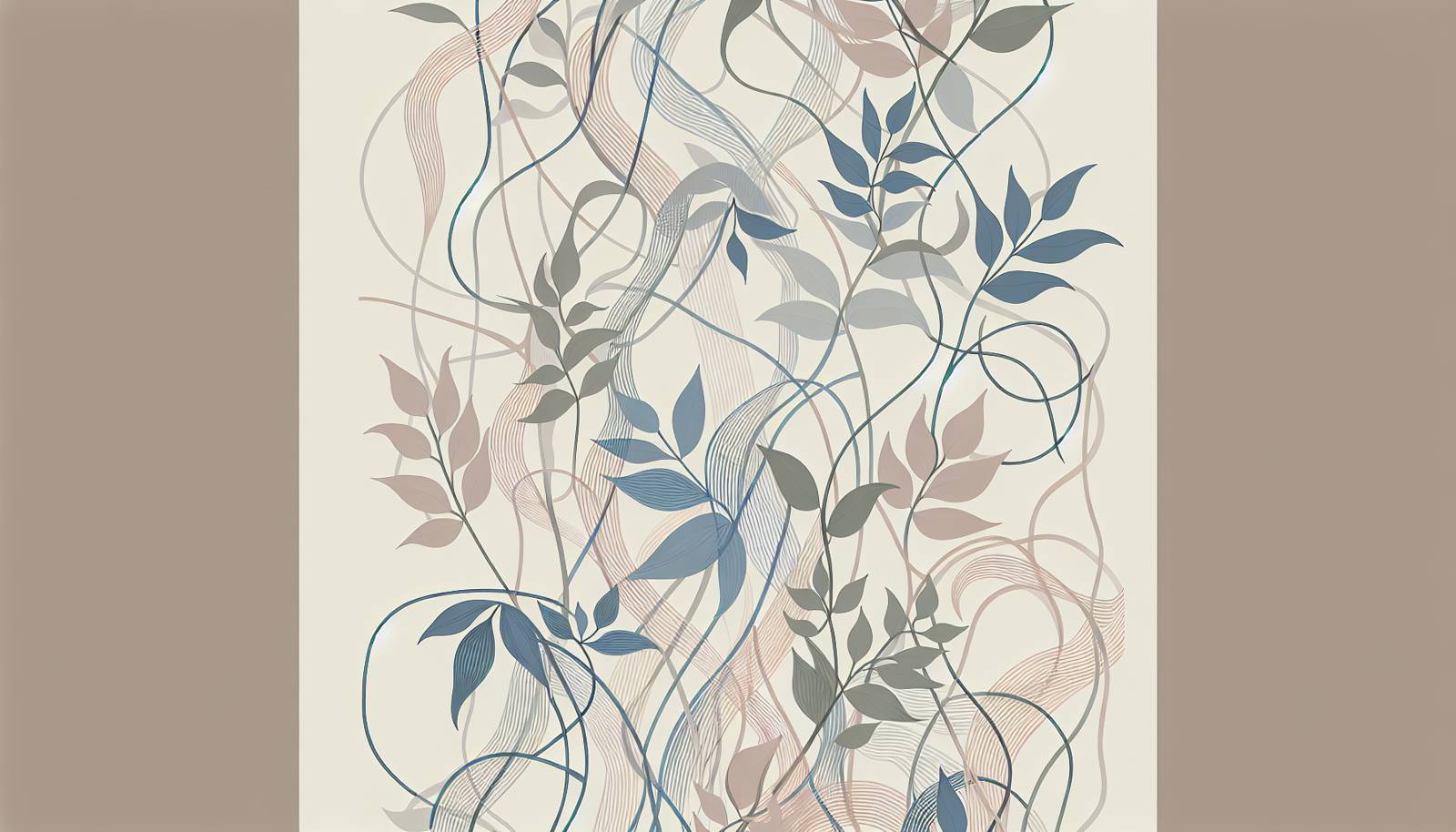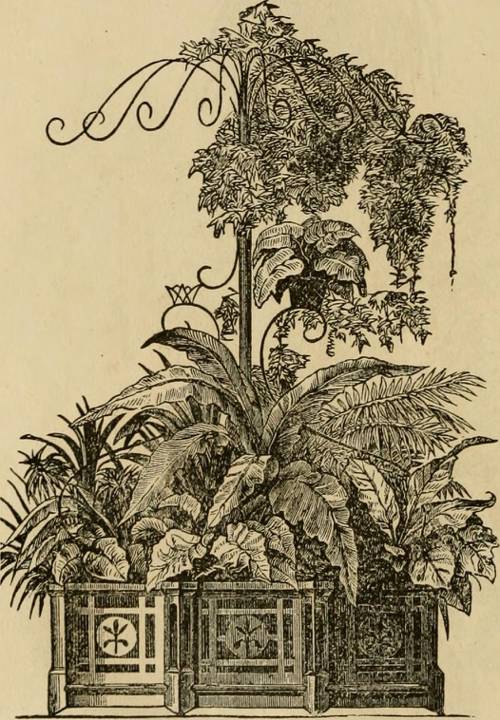
FAQ About Indoor Climbing Plant Supports and Trellises

What are indoor climbing plant supports and trellises?
Indoor climbing plant supports and trellises are structures designed to support the growth of climbing plants within indoor environments. These can be made from various materials such as wood, metal, or plastic, and come in different shapes and sizes to fit the aesthetic and spatial needs of the home. They help plants grow upwards, saving space and adding a decorative element to indoor settings.

Why do climbing plants need supports or trellises indoors?
Climbing plants need supports or trellises indoors to help them grow vertically, which is their natural growth pattern. Without support, climbing plants may sprawl over furniture or the floor, making it harder to manage them and potentially damaging the plant and the interior space. Trellises provide a structure to train the plant, promoting healthier growth and enhancing the visual appeal of an indoor garden.

What types of materials are commonly used for indoor plant trellises?
Common materials for indoor plant trellises include wood, metal, and plastic. Wooden trellises offer a natural look and blend well with interior decor, metal trellises provide durability and a modern aesthetic, while plastic ones are lightweight and often more affordable. Each material has its own advantages and should be chosen based on the plant's needs and the interior design style.

Can any climbing plant be grown indoors with supports?
Most climbing plants can be grown indoors with the right supports, but their success will depend on the indoor environment, such as light, humidity, and temperature conditions. Popular indoor climbing plants include pothos, philodendrons, and ivy. It's important to ensure that the indoor conditions meet the specific needs of the plant species you choose to grow.

How can I choose the right trellis for my indoor plant?
To choose the right trellis for your indoor plant, consider the plant's growth habit, size, and aesthetic fit within the space. Ensure the trellis is sturdy enough to support the plant's weight as it grows. Also, think about the material, design, and color that will complement your home's interior decor. Consult with a gardening expert if you're unsure.

Are there any specific design considerations for indoor plant trellises?
Yes, when designing or choosing a trellis for indoor plants, consider the available space, the plant's growth pattern, and your interior decor style. For instance, a tall, slim trellis may be ideal for small spaces, while a wider or more intricate design could become a focal decor element. Material choice, color, and ease of installation are also important design considerations.

How do I install a trellis for an indoor climbing plant?
Installing a trellis for an indoor climbing plant typically involves securing the trellis to a wall or placing it in the plant's pot. Freestanding trellises can simply be placed around the plant, whereas wall-mounted options may require hooks or brackets. Always ensure the trellis is stable and secure to prevent tipping or damage to the plant and interior.

What size of trellis should I use for my indoor climbing plant?
The size of the trellis should be in proportion to the size and growth potential of your plant. Small to medium-sized plants may only require a trellis that is a few feet tall, while larger or faster-growing plants might need a taller or wider structure. Always provide room for the plant to grow without becoming overgrown or unmanageable.

How do trellises contribute to the health of indoor climbing plants?
Trellises contribute to the health of indoor climbing plants by supporting their natural growth habit, which helps promote better circulation of air around their leaves and stems. This can reduce the risk of mold and mildew developing, as well as allow more light to reach all parts of the plant, thereby fostering healthier growth.

Can I make my own indoor plant trellis?
Yes, you can make your own indoor plant trellis using materials such as wood dowels, metal rods, or PVC pipes. Custom-made trellises allow for a personalized fit to your plant's needs and your decor aesthetic. It involves planning out the structure, gathering materials, and constructing the trellis securely to ensure it's stable for plant support.

What are some popular indoor climbing plants that require supports?
Popular indoor climbing plants that require supports include pothos, monstera, philodendron, climbing fig, and English ivy. These plants have natural climbing habits and benefit from structured pathways to grow, allowing them to thrive indoors while adding aesthetic value to home interiors.

How do you train a climbing plant to use a trellis indoors?
Training a climbing plant to use an indoor trellis involves gently tying or guiding the plant's stems onto the structure using soft ties or clips. Begin by securing the main stem and encourage new shoots to grow in the desired direction. Regularly check and adjust the ties as the plant grows to ensure it follows the trellis layout.

What maintenance do indoor plant trellises require?
Maintenance for indoor plant trellises involves occasionally checking for stability, ensuring they remain securely in place as the plant grows. Also, dust and clean them regularly to prevent buildup that can harbor pests or diseases. Wooden trellises might need occasional sealing or treatment to prevent deterioration indoors.

Do trellises impact the watering needs of indoor climbing plants?
Trellises can impact the watering needs of indoor climbing plants by altering airflow and light exposure. Plants on trellises might dry out faster due to better aeration, which may necessitate more frequent watering. It's important to monitor soil moisture levels and adjust watering schedules as needed.

Are there any safety concerns with using trellises indoors?
Safety concerns with using trellises indoors include ensuring they are securely installed to prevent tipping or falling, which could injure people or pets and damage property. Moreover, choose materials that are non-toxic and appropriately treated for indoor use to avoid any harmful interactions with the indoor environment.

Can I use outdoor trellises for indoor climbing plants?
While you can use outdoor trellises for indoor climbing plants, you should ensure that they are suitable for indoor conditions. Materials should be non-toxic and treated to prevent rust, mold, or deterioration indoors. Additionally, the style of outdoor trellises might not always fit indoor decor, so this should be considered when choosing them for indoor use.

What are the aesthetic benefits of using trellises for indoor plants?
Using trellises for indoor plants adds visual interest and architectural flair to interior spaces. They provide a striking way to showcase climbing plants and can become focal points in a room. Trellises also help organize space creatively, allowing for enhanced floral displays and vertical gardening, which can be both calming and beautiful.

How do I prevent pests on indoor climbing plants using trellises?
Prevent pests on indoor climbing plants by ensuring good airflow with the help of trellises, which can discourage mold and mildew. Regularly inspect plants for signs of pests, and clean the trellis structure to remove any debris that might attract them. Using natural repellents or beneficial insects can also be a part of integrated pest management.

What are the differences between a trellis and an arbor for indoor plants?
A trellis is a flat or three-dimensional structure designed to support climbing plants, typically through vertical growth. An arbor, however, is a larger structure that often includes a bench or an archway, used to support climbing plants and create a passage or a decorative element. Arbors are less commonly used indoors due to their size and design.

Can trellises be used for non-climbing indoor plants?
While trellises are primarily designed for climbing plants, they can also be used to create interesting displays for non-climbing plants. By arranging pots or smaller plants around a trellis, you can create a layered, vertical garden effect, making efficient use of space and adding a striking visual element to interiors.
